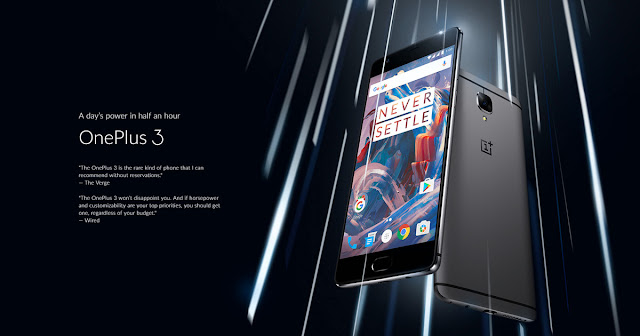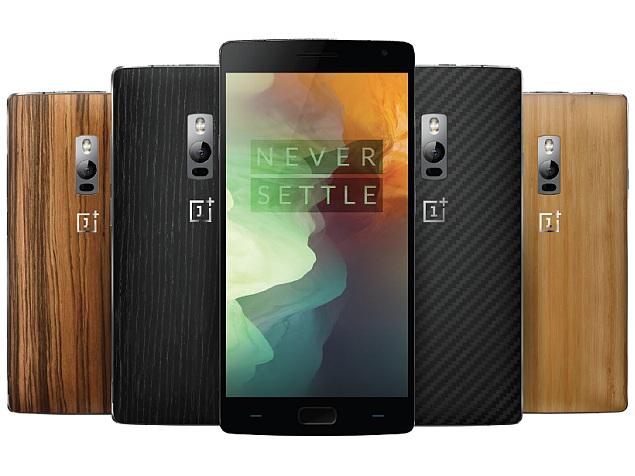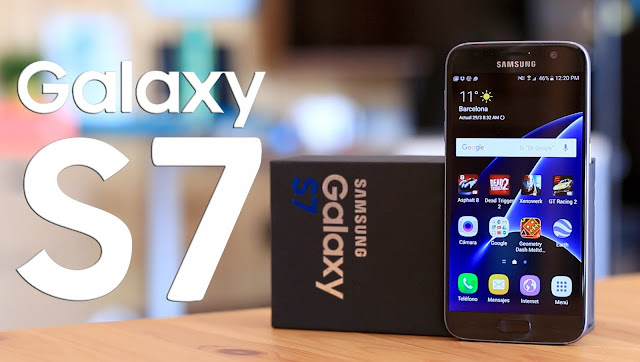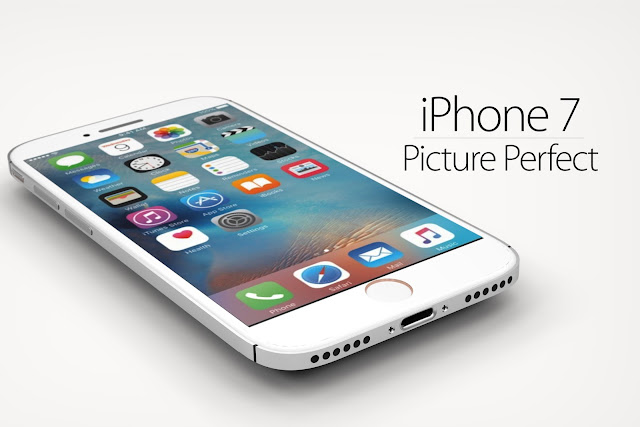OnePlus 3 review
KEY FEATURES
- 5.5-inch 1080p Super AMOLED screen
- 6GB dual-channel DDR4 RAM
- 64GB storage
- Android 6.0.1
- OxygenUI
- Snadragon 820 CPU
- Manufacturer: OnePlus
- Review Price: £329.00
ONEPLUS 3 – DESIGN
Each OnePlus phone to date has offered a marked improvement on what has gone before. The original OnePlus One was an all-plastic affair, with a somewhat strange "sandstone" finish. The OnePlus 2 enhanced the body with metal sides, but retained the plastic rear.
The OnePlus 3 offers an upgrade once again, this time by way of a metal and glass design. It's available in "Graphite" – a muted grey – and its 7.4mm-thick aluminium frame makes this handset a delight to both look at and hold.
A 5.5-inch phone may still not be for everyone, but the OnePlus 3 is among the more manageable phones with such a screen size. The finish is excellent too: the aluminium rear is anodised sports the same type of non-shiny look you’ll find on an iPhone.
I’ve always been a fan of the quirky, instantly recognisable design of the previous OnePlus phones, but have met plenty of folk who weren't. Those people will be happy to discover that the OnePlus 3 has a far more conventional appearance.
The OnePlus 3 is plainer and prettier than its predecessors, but its quirks remain; they've just been relocated. It's possible to buy super-skinny rear covers with the classic OnePlus sandstone finish, a few different wood finishes or one with a carbon-fibre look. These aren’t ultra-rugged cases, but will protect the aluminium frame from scratches, without adding bulk to the phone.
As is the case with an iPhone, it almost seems a shame to cover up the OnePlus 3’s bare metal. The OnePlus 3 is similar to HTC’s One-series phones but slimmer and no less attractive.
Like the OnePlus 2, this phone has no memory card slot. This time round, however, it isn’t a ploy to make the expensive versions of the phone more attractive. The OnePlus 2 model was available in 16GB and 64GB versions; there's only one OnePlus 3 and it has 64GB of storage.
For some context, the 32GB Samsung Galaxy S7 Edge costs £639 SIM-free, and the iPhone 6S Plus will set you back £699. The OnePlus 3 is half the price of these phones and, as we’ll see, the hardware is directly comparable in several areas.
The OnePlus range is also more accessible than ever before. The OnePlus 3 can simply be ordered online at the OnePlus website – stock allowing – where in the past you had to wait for an invite to buy. In addition, unlike the OnePlus 2, the OnePlus 3 features NFC technology.
ONEPLUS 3 – SCREEN
The first two OnePlus phones featured LCD screens. OnePlus had a crack at an OLED phone with the OnePlus X, and the OnePlus 3 continues that here with a Super AMOLED Samsung screen.
I had a few minor issues with the OnePlus X display, which mostly concerned brightness management, but these issues have been fixed with the OnePlus 3. It’s 5.5 inches across and has a resolution of 1,920 x 1,080 pixels, resulting in pixel density of 401ppi.
Sharpness is excellent and the black level is perfect. Like other recent Super AMOLED screens, viewing angles are superb, with far less a reduction in brightness if viewing off-angle than the OnePlus 2’s LCD panel.
However, my love for the OnePlus 3's display wasn't instant. I came to using the OnePlus 3 from the Samsung Galaxy S7, which has one of the best phone screens in the world. By comparison, the OnePlus 3's colours are overcooked.
As a result, colours on the screen appear less natural than a display that's been carefully calibrated to the sRGB standard. This also makes the amazing native contrast of the Super AMOLED panel a little less evident for much of the time.
The OnePlus 3’s approach follows current trends, however. All other flagships have deliberately oversatured colour fresh out of the box, because it’s what people respond to. Even Apple has started to aim for standards other than the classic sRGB, with the iPad Pro 9.7's display aiming for the DCI-P3 cinema standard instead.
Despite all the additional customisation that the OnePlus 3 offers elsewhere, it isn't possible to mute the colours as you can on the top Samsung handsets. There is, however, a colour temperature slider that alters the white balance a little, making it warmer or cooler.
This is a decent screen, with caveats that some people might not care about. The colour is deliberate, after all, part of what OnePlus calls “Optic” AMOLED, which describes OnePlus' tweaking of Super AMOLED.
Outdoors visibility could also benefit from some improvement. It’s fine, but Samsung’s phones do better since they over-drive their OLED panels more aggressively, and dynamically alter colour and contrast to suit tougher conditions.
ONEPLUS 3 – SOFTWARE
The OnePlus 3 runs Android 6.0.1 with its OxygenOS interface layered on top.
While plenty has changed in hardware since the OnePlus 2, the software remains largely the same. Its look is that of pure Android, but OxygenOS digs its tendrils deep into it, adding elements of customisation that standard Android no longer has. Or never had.
These include the "Dark" mode, which turns the apps page and Settings menu black rather than white. Then there’s the choice of hardware or software soft keys I mentioned earlier. You can also make the soft keys work harder, by adding extra gestures such as making a long-press on the Back button fire up the camera.
What’s important about all these minor performance-enhancing tweaks is that they’re not in your face. On the surface, the software appears much like Android Marshmallow, offering a more accessible feel than the CyanogenMod interface of the first OnePlus phone. You have to dig around in the Settings menu to discover all the extra goodies.
The one part of the OnePlus 3’s interface that's quite obviously different is Shelf. This is an extra homescreen: simply flick to the right from the default homescreen and you’re there.
When you start using the phone, Shelf is simply home to your five most-used apps and a quick memo function. However, you can add the weather, a bunch of your most-used contacts and any Android widget of your choice.
Personally, I didn't use Shelf. Although it doesn't offer anything I need, it does at least seem less useless than it did last year. There will be plenty of folk who may call upon it to check the weather and compile a quick to-do list each morning. Either way, it’s optional: you'll be asked whether you want it at initial setup (granted, that’s before you really know what it is).
So with regards to the OnePlus 3's software, there’s nothing terribly exciting or new – but that’s a good thing if the likely alternative is something new that doesn’t quite work.
ONEPLUS 3 – CAMERA
The OnePlus 3 has very familiar camera hardware. On the rear sits a Sony IMX298 16-megapixel sensor, used in both the Moto X Style and the Huawei Mate 8; on the front Sony IMX179 8-megapixel sensor is the one featured on the rear of the Nexus 5.
Both are high-quality sensors, making this comfortably the best OnePlus camera setup to date. It exhibits none of the performance issues suffered by the OnePlus 2 at launch. When shooting normal photos in daylight, there’s almost no shutter lag evident. Switching to HDR adds a little delay, but nothing significant.
The OnePlus 3's camera is also supported by a sensible app, which makes it fun to shoot with. Additional modes can be found in a sub-menu, leaving only the essentials at the top-right of the screen, within easy reach. These include the HDR controls, the flash toggle and the HD toggle.
That last of those three isn't something you'll have seen included in other handsets – it's a OnePlus-only feature. It appears to use lighter processing, which can often mean you end up with more fine detail. However, you can’t use HD and HDR at the same time, and I tend to use the very solid Auto HDR mode for day-to-day street shooting.
HDR has improved radically this year. In the OnePlus 2 it lacked subtlety, but here it’s much better, keeping your photos looking fairly natural while being almost as effective as the mode on the Samsung Galaxy S7 and its siblings.










Comments
Post a Comment